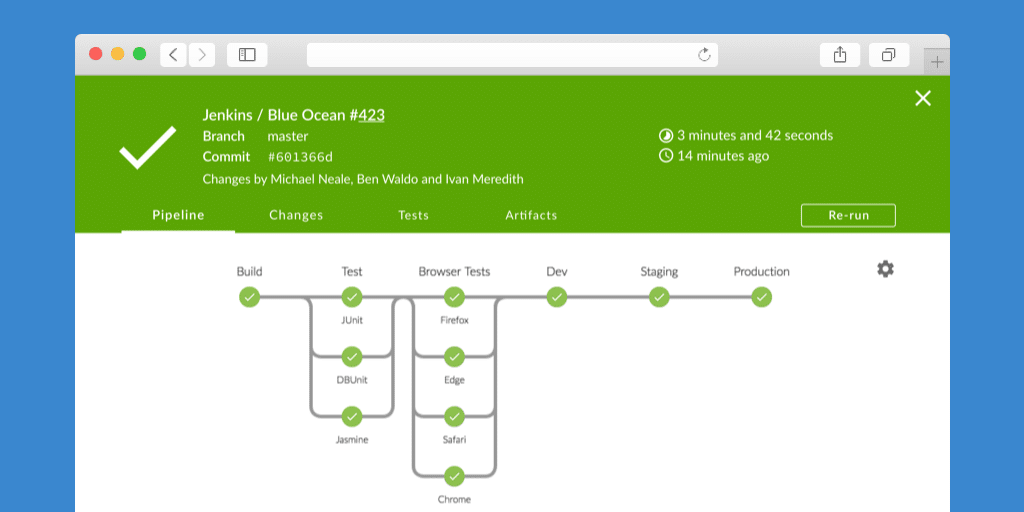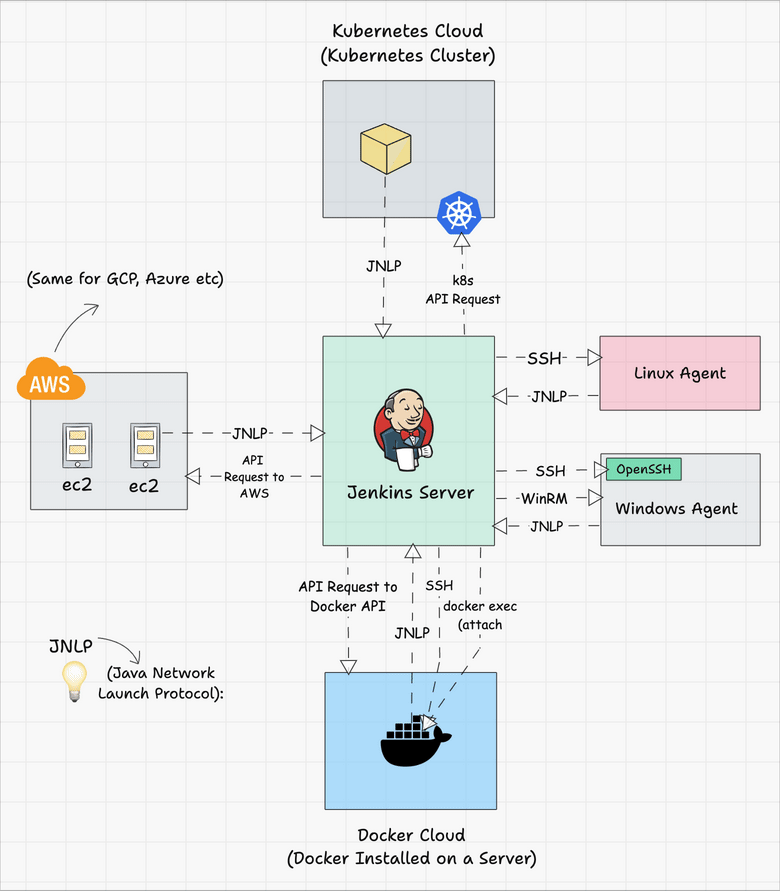Jenkins is the automation server that refuses to die. Started by Kohsuke Kawaguchi in 2004 when continuous integration was still a buzzword, it's now the backbone keeping half the internet's deployments running. The UI looks like Windows XP threw up, but it works, and that's why companies like Netflix, LinkedIn, and Twitter still use it.
The current LTS version is 2.516.2 (August 2025), and you'll need Java 17+ to run it. Yes, Jenkins survived the Java 8 to Java 11 migration that killed half the enterprise Java ecosystem.
What Jenkins Actually Does

Jenkins takes your code, builds it, tests it, and deploys it automatically. Simple concept, complex execution. You define jobs (builds), Jenkins runs them when shit changes in your repo, and hopefully your stuff ends up deployed without breaking production.
The secret sauce isn't the pretty UI (because there isn't one) - it's the plugin ecosystem. Need to deploy to AWS? There's a plugin. Want Slack notifications when builds fail? Plugin. Need GitHub integration? Docker support? Kubernetes agents? Someone probably wrote a plugin for it.
How This Beast Actually Works
Master-Agent Architecture: The Jenkins controller (they stopped calling it "master" because corporate sensitivity) manages the web UI and coordinates everything. The agents do the actual work - building code, running tests, deploying stuff. This means you can have one ugly web interface managing builds across a dozen different servers.
The controller eats memory like Chrome with too many tabs open. Plan accordingly.
Pipeline as Code: Modern Jenkins uses Jenkinsfiles to define builds. It's basically Groovy scripts that describe what your build should do. Store it in your repo, version it with your code, and now your build process is reproducible instead of "works on Dave's machine."
Plugin Hell: Jenkins has 1,800+ plugins. This is both amazing and terrifying. You can integrate with anything, but plugin dependency conflicts will ruin your weekend. Some plugins haven't been updated since 2018 but somehow still work. Others get updated and break everything.
When Jenkins Makes Sense
Jenkins thrives in complex environments where you need maximum flexibility and don't mind the maintenance overhead. If you're running microservices across multiple clouds with different deployment requirements, Jenkins can orchestrate that chaos.
It's also perfect when you have legacy systems that newer CI tools don't understand. Jenkins has plugins for mainframes, proprietary databases, and weird enterprise tools that GitHub Actions has never heard of.
The downside? You become a Jenkins admin whether you want to or not. Someone on your team will spend 20% of their time keeping it running, updating plugins, and explaining why the UI looks like it's from the Bush administration.
